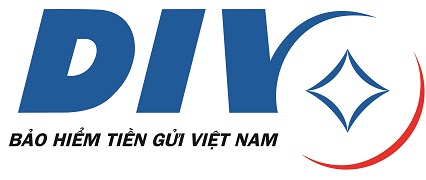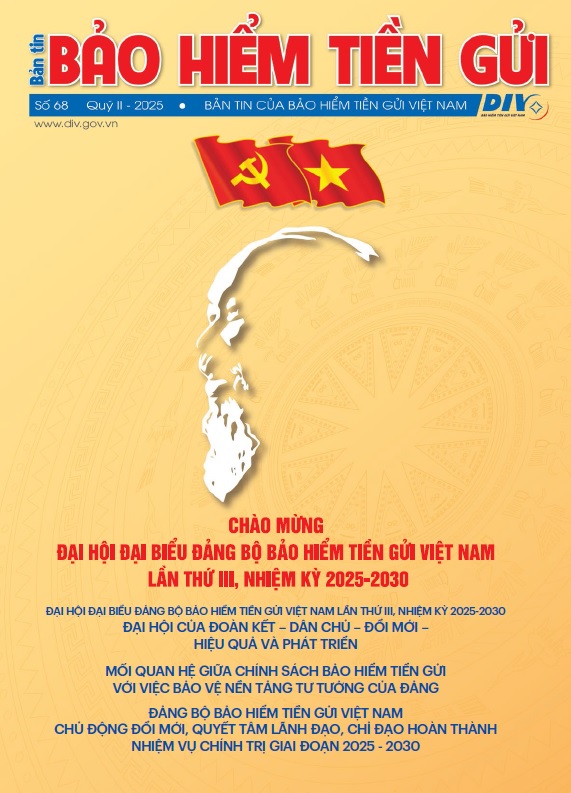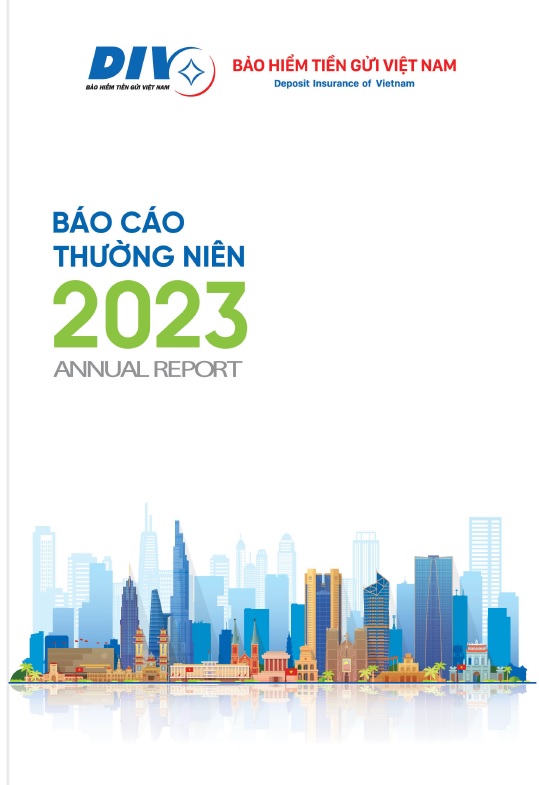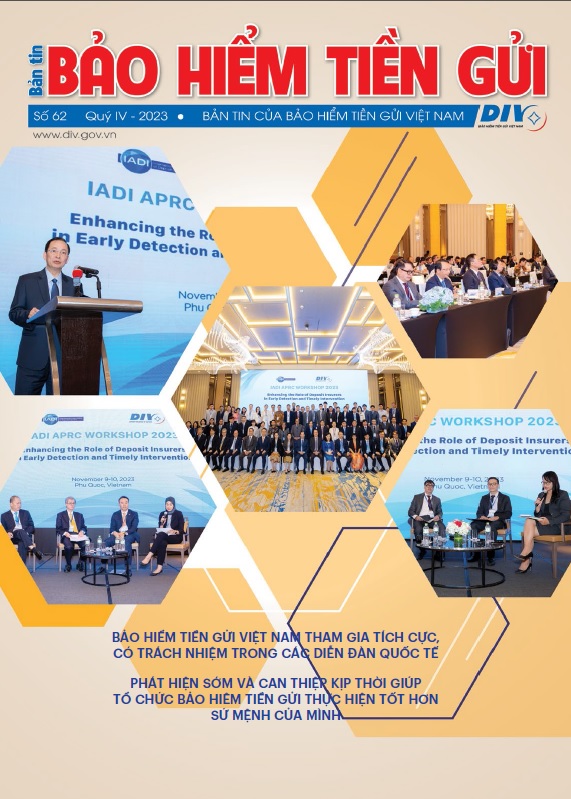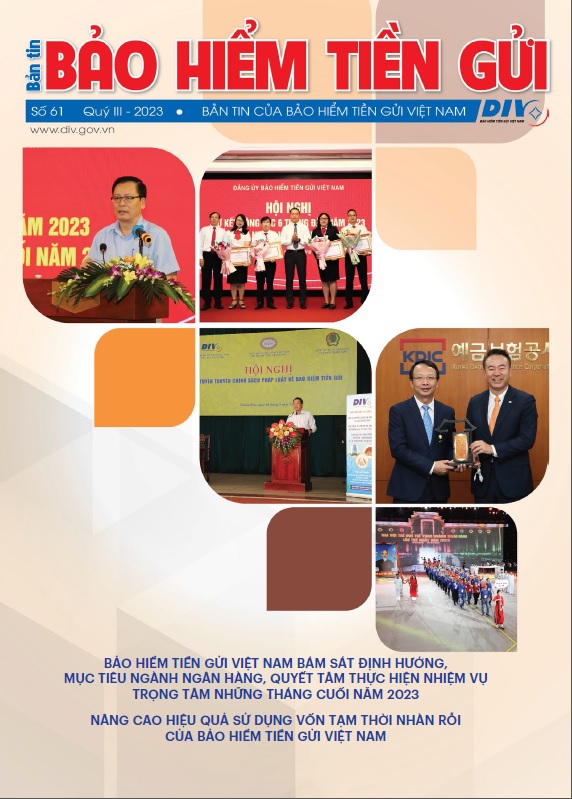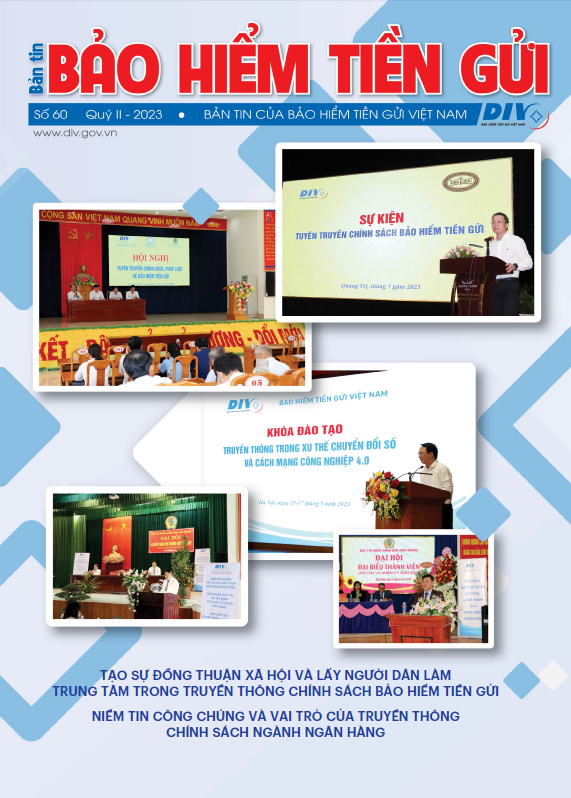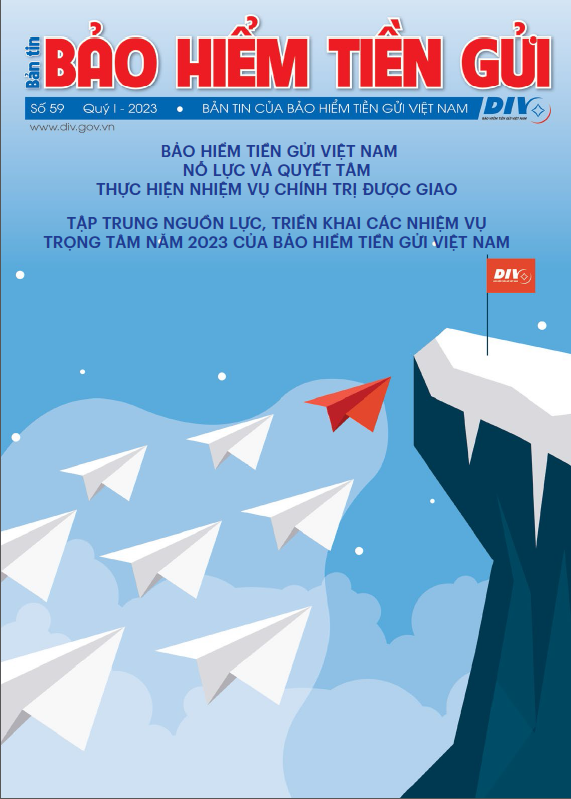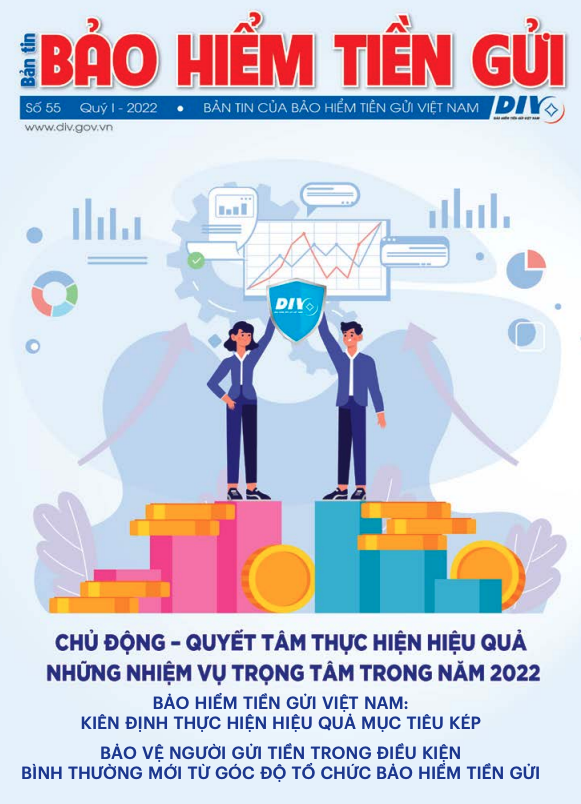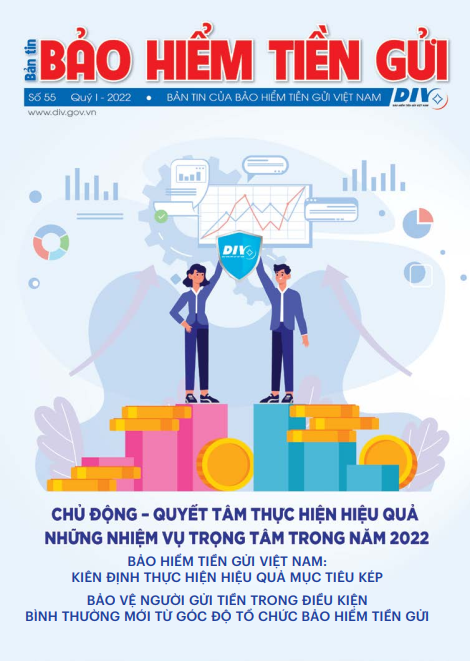Introduction
The International Association of Deposit Insurers (IADI) was formed in May 2002 to enhance the effectiveness of deposit insurance systems in the world by promoting guidance and international cooperation. IADI is a non-profit organization representing 84 deposit insurance agencies (DIAs) worldwide. The Asia Pacific Regional Committee is one of the regional committees under IADI. Its objective is to reflect regional interests and common issues through the sharing and exchange of information and ideas among APRC members.
The Asia Pacific region is significant in terms of population and gross domestic product (GDP). The population of APRC member jurisdictions stands for more than one third of world population. This ratio will increase to 54% if it includes the population in the jurisdictions of all non-IADI DIAs in the Asia Pacific region. In terms of GDP of APRC member jurisdictions, it stands for 20% of world GDP. This ratio will go up to approximately 36% if it includes the GDPs of the jurisdictions of all non-IADI DIAs in the Asia Pacific region. As of the end of February 2018, nineteen DIAs in the Asia Pacific region are IADI members that represent 23% of total IADI membership. DIAs in ten jurisdictions have not yet become IADI members. As of the end of March 2018, approximately 66% of DIAs in the Asia Pacific region are IADI members. From different aspects, the Asia Pacific region and APRC play a key role in the global deposit insurance community.
Current APRC Member Profiles
Legal Structure and Mandate
There has been growing trend that a DIA is set up as an independent entity. From the recent survey, more than 90% APRC members are independent entities which are the most common legal framework. Only two DIAs are set up within the bank supervisory agency or the central bank.
As for the mandate, mandates of deposit insurance systems can range from narrow “pay box” systems to those with extensive responsibilities, such as preventive action and loss or risk minimisation/management, with a variety of combinations in between. These can be broadly classified into four categories: pay-box, pay-box plus, loss minimizer, and risk minimizer. More than 63% of APRC members have a mandate of pay-box or pay-box plus. The international trend of the deposit insurance system mandates tends to switch from pay-box and pay-box plus toward loss minimizer or risk minimizer. The ratio of pay-box and pay-box plus together may decrease in the future.
Figure 1. DIA Legal Structure

Figure 2. Deposit Insurance System Mandates

Integrated Protection Scheme
After the 2008 global financial crisis, more and more jurisdictions adopt an integrated protection scheme. Among APRC members, 32% of DIAs adopt an integrated protection scheme, protection covering not only deposits but investment and/or insurance policy as well. There are six APRC members with integrated protection mechanism, including DIAs from Australia, Russia, South Korea, Indonesia, Malaysia and Singapore.
Funding and Deposit Insurance Premium Mechanism
According to IADI Core Principles for Effective Deposit Insurance Systems, the deposit insurer should have readily available funds and all funding mechanisms necessary to ensure prompt reimbursement of depositors’ claims. Funding for the deposit insurance system should be provided on an ex ante basis. For the recent survey, more than 94% of DIAs are adopting ex-ante funding approach in the Asia Pacific region. As for setting up a deposit insurance fund target ratio, 71% of DIAs in the Asia Pacific region have set up a target ratio for their deposit insurance funds, but most of them don’t meet the pre-set target ratios so far.
In respect to premium assessment method, 47% of DIAs assess deposit insurance premium by flat rate. As more and more deposit insurance systems tend to provide financial incentives to their member institutions to improve their risk behavior and management, it is expected that an increasing number of DIAs in the Asia Pacific region will adopt a risk-based premium system.
Figure 3. Type of Funding Used by DIS

Figure 4. Premium Assessment Method

Public Awareness
In order to protect depositors and contribute to financial stability, it is essential that the public be informed on an ongoing basis about the benefits and limitations of the deposit insurance system. Thus, many DIAs in the Asia Pacific region use a variety of communication tools on an ongoing basis to promote public awareness of the deposit insurance system. However, not every APRC member conducts surveys for evaluating the public awareness level of key features of deposit insurance system. Among the 70% of APRC members that have conducted a survey to evaluate the public awareness level, the top three are members from South Korea (91.2%), Philippines (87.9%) and Hong Kong (77.7%). Increasing public awareness level is an on-going work for APRC members.
Figure 5. Level of Public Awareness on DIS

Resolution and Cross Border Arrangements
Resolution and depositor protection procedures are not limited to depositor reimbursement. An effective failure resolution regime should enable the deposit insurer to provide for protection of depositors and contribute to financial stability. With effective tools and more available resolution methods, a DIA with resolution authority will be able to resolve banks with more flexibility at a lesser cost than reimbursement and liquidation.
From the survey responses, except payout and liquidation, 50% of DIAs in the Asia Pacific region are equipped with resolution tools of bridge bank, open bank assistance and purchase and assumption. DIAs with bail-in tools are very limited. Only five DIAs indicated that they have some sort of bail-in tools for bank resolution in their jurisdictions. They are Hong Kong, Japan, Kazakhstan, Russia and Singapore.
While one lesson we learned from the 2008 global financial crisis was to enhance cross border cooperation, approximately 63% of DIAs in the Asia Pacific region don’t have cross-border arrangement in place for bank resolution or reimbursement to depositors. This issue will need to be addressed by APRC in the future.
Figure 6. Resolution Tools or Methods Available for Bank Resolution

Figure 7. Cross-border Arrangements between Home/
Host DIA for Resolution or Deposit Reimbursement

Recent Enhancements and Achievement of DIS of APRC Members
According to the survey responses, many APRC members enhanced their functions or mandates/powers of deposit insurance systems in the past two years. It can be categorized into four aspects, namely, expansion and enhancement of DI mandates, closer financial safety net cooperation, expansion of deposit coverage scope or limit, and faster depositor reimbursement.
Expansion and Enhancement of Mandates
Several APRC members have enhanced their mandate and powers, but mostly in the area of resolution. For examples, DIA in Indonesia has obtained resolution power, while DIA in Kazakhstan has become liquidator of failed member banks. Some DIAs in the Asia Pacific region has the authority of Identifying Domestic Systemically Important Banks (D-SIBs) and developing recovery and resolution plan (Malaysia and Taiwan), adopting Purchase & Assumption (P&A) method and gross settlement of deposit insurance claims (Philippines), or taking a bigger role in the resolution of credit institutions (Vietnam).
Closer Financial Safety Net Cooperation
Given the fact that many DIAs in the Asia Pacific region played a more important role in bank resolution and in the financial safety net as a whole, it’s natural that the coordination and cooperation among financial safety net members are also closer. For example, the DIA in Thailand now can request information of member institutions from other government agencies if their BIS ratio falls below required level, and the DIA in Mongolia has signed MOUs with Central Bank and Ministry of Finance in strengthening cooperation, the State Bank of Vietnam has issued a Circular on information sharing between the SBV and DIV.
Expansion of Deposit Coverage Scope or Limit
During the 2008 global financial crisis, many DIAs around the world increased their coverage level (or adopted temporary blanket guarantee), or expanded their scope of coverage. Along with the stabilization of the global financial market, DIAs had to adopt various measures for the smooth transition from a very high or unlimited coverage, to a limited deposit insurance system. Among others, expansion of the scope of deposit insurance coverage or increase of coverage limit was commonly used methods. For example, DIA in Russia has started to cover small & middle enterprises, DIA in Kazakhstan now covers Individuals’ irrevocable deposits and increases its coverage limit by 50%, DIA in South Korea has included individual savings accounts (ISAs) among money market trust accounts into deposit insurance coverage, the coverage limit in Vietnam has increased from 50 million dongs to 75 million dongs, and DIA in Singapore proposed to increase its coverage limit from SGD50,000 to SGD75,000.
Faster Deposit Reimbursement
In order to contribute to financial stability, the IADI Core Principles for Effective Deposit Insurance Systems states that deposit insurance systems should reimburse depositors’ insured funds promptly, and requests that a DIA should be able to reimburse most insured depositors within seven working days. To meet the Core Principles, DIAs in the Asia Pacific region has strengthened their deposit insurance systems or amended their laws or regulations. For example, DIA in Hong Kong aims to a target of full payment within 7 days, DIA in South Korea has legislated a new requirement for prompt payout, DIA in Mongolia has developed deposit payout procedures, and DIA in Japan has enhanced its operational preparedness concerning deposits pertaining to defined contribution pension and money trust under the guarantee of principal. Other DIAs have simplified their reimbursement process; e.g. DIA in Thailand has cancelled rules on depositors to file claims for payout; DIA in Taiwan has set up rules in handling joint account and simplifying the process of off-setting.
Challenges and Risks Facing APRC Members
There are traditional and newly emerged types of risks facing DIAs in the Asia Pacific region. According to the APRC 2018 ad hoc survey results, the most concerned risks to the banking industry in the near term (2018 and 2019) are increasing cyber attack (44% respondents), followed by slow economic growth rate (38%), rising in non-performing loan (NPL) ratio (26%) and digitalization of provision of financial services and products (25%). In the coming next two years, the top issues for DIAs to deal with will be the low level of public awareness on deposit insurance system (50%), followed by limited mandate of DIAs (38%) and inadequate cooperation with other relevant government agencies (31%).
In addition, according to the IMF Regional Economic Outlook Report released in October 2017, short-term risks to the regional economic outlook are broadly balanced in the region, yet the medium-term risks are prone to the downside. Major downside risks include international trade protection from other regions jeopardizing main trading partners within the Asia Pacific region, sudden capital outflows, a shift toward inward-looking policies, etc. Besides, the Asia Pacific region faces long-term risks from the aging population and decline in productivity growth, causing further tardy economic development. As economic and banking/financial activities are closely interconnected and related, these factors may all influence the operations and investments of member banks and DIAs in the region.
Conclusion
In conclusion, there have been growing warning signals facing DIAs in the Asia Pacific region, so APRC members should pay intensive attention to increasing risks in banking industries. On the macro side, risks may come from slow economic growth rate, rising in NPL ratio, side effect of QE exit from advanced economies, as well as intensifying competition from big tech enterprises due to uneven regulation. New challenges to banking industries could pose risks to financial stability in the Asia Pacific region. On the micro side, risks are derived from large exposures of derivatives products in banks, increasing investments on TLAC bail-inable instruments and cyber security issues. Huge investment risks in downside market may deteriorate the financial conditions of member banks and DIAs. With such unpredictable market conditions, APRC members should strengthen deposit insurance capacity and capability in dealing with future potential banking crises.
Five key areas to enhance deposit insurance systems in the Asia Pacific region are recommended, including accumulation of sufficient deposit insurance funds, increase in public awareness level in key features of deposit insurance, adoption of recovery and resolution programs, implementation or participation in bail-in resolution, and preparation for domestic systemic crisis by developing contingency plans and financial safety net coordination mechanism. Looking forward, in order to better prepare for possible regional or international systemic crises, APRC members should work together in dealing with cross border systemic crises. Setting out jointly contingency plans and financial safety net coordination arrangements through the APRC regional crisis management group will be a good start in preparation for the next crisis./.
